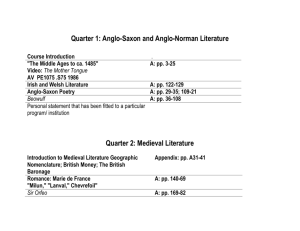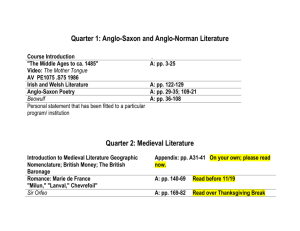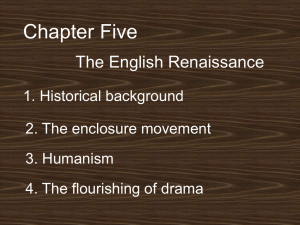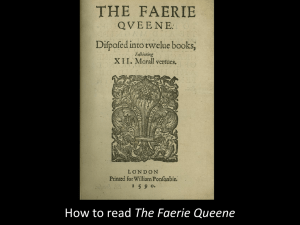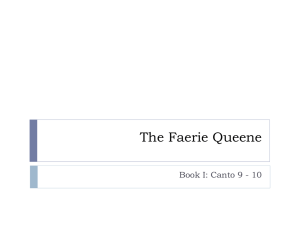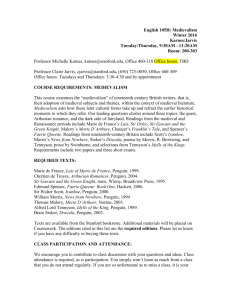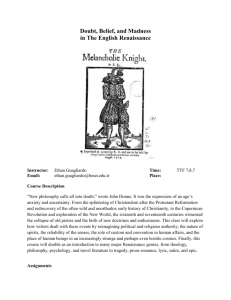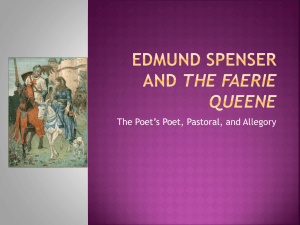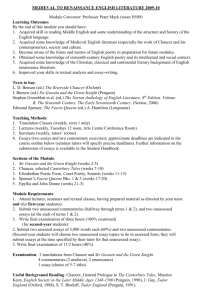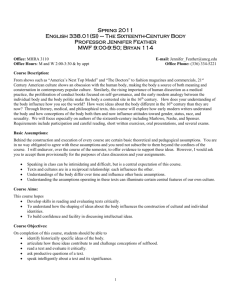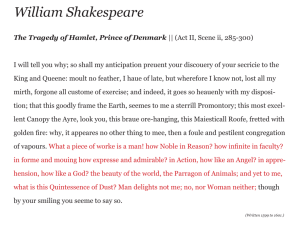holy
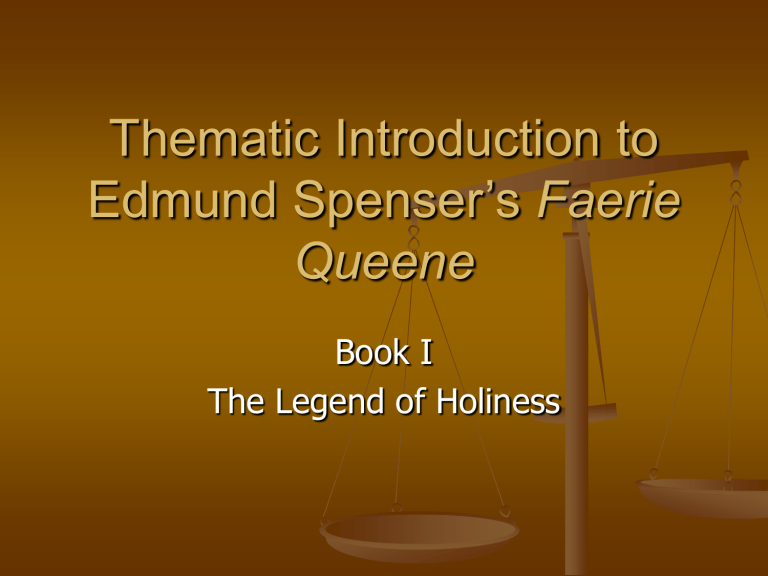
Thematic Introduction to
Edmund Spenser’s Faerie
Queene
Book I
The Legend of Holiness
“Holiness signifies devotion to God, the urge to conform to his will and as far as is possible in a state of mortality, the accomplishment of that urge. Ideally, holiness results in spiritual perfection and, as such, becomes equivalent to sanctity.
Etymologically,
English
hal holy
derives from Old
(whole) and signifies completeness, the integrity of one’s spiritual and moral nature, the union of flesh and spirit.”
Douglas Brooks-Davies, “
Book I,”
The Faerie Queene
,
The Spenser Encyclopedia
.
Characters
Redcross knight
St George
Holiness
Una
Oneness, a contrast to Duessa
RCK’s companion
Truth
Elizabeth (Queen of the realm & head of the
Church of England)
Mary
Eve
Characters
Duessa
Falsehood, duplicity
Two-ness, double-ness
In Bk I, religious falsehood
Intrinsically ugly, but “faire seeming”
A type of Circe and the Whore of Babylon
Archimago
Evil magician
Appears symbolically out of the defeat of
Errour
An emblem of hypocrisy (arch image-maker)
Characters
Sansfoy, -joy, -loy
Three brothers, “bred / Of one bad sire”
(1.2.25)
Faithlessness, joylessness, without loyalty
The order in which they are encountered is significant
Orgoglio
Italian for “pride”
A giant
Characters
Lucifera
Name derived from Lucifer (Satan)
Embodiment of RCK’s delight in worldly glory
Queen of the palace of pride
A parody of Gloriana
Arthur
The image of a brave knight, perfected in the twelve moral virtues
The greatest of the British monarchs
The Faerie Queene
Book 2
The Legend of Sir Guyon
Or
Temperance
Book II
Thematically self-contained
“with analysis of moral life and human nature as his business, Spenser no longer needs to draw extensively on the Bible and the church for imagery”
“The new impetus in Book II is humanism”
René Graziani
II,”
, “The Faerie Queene
, Book
The Spenser Encyclopedia
.
